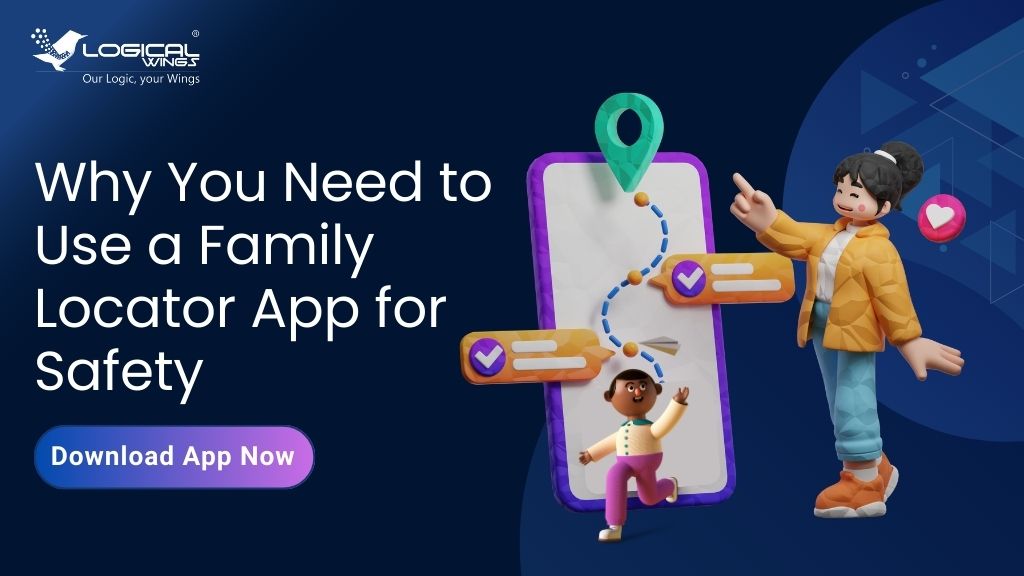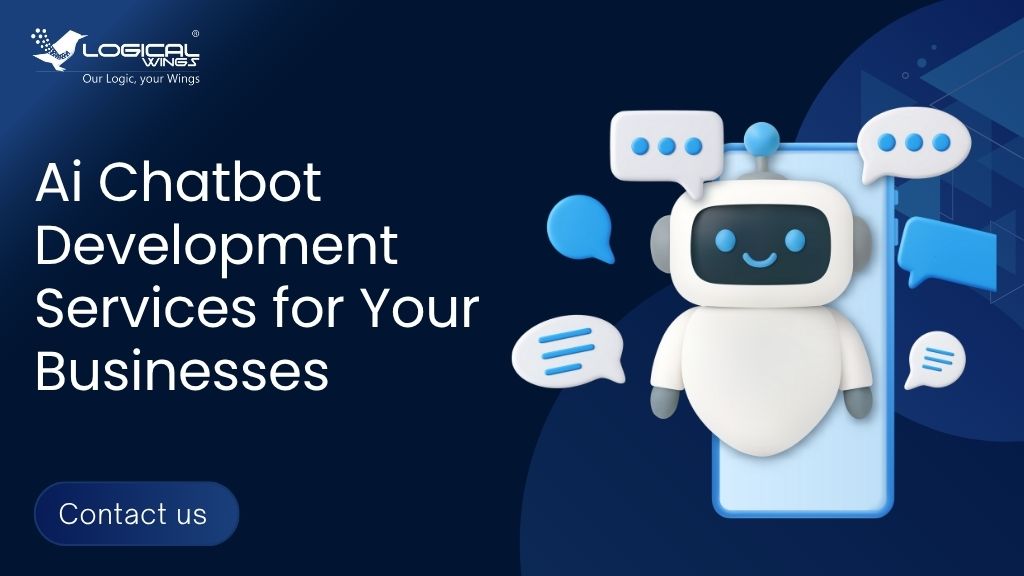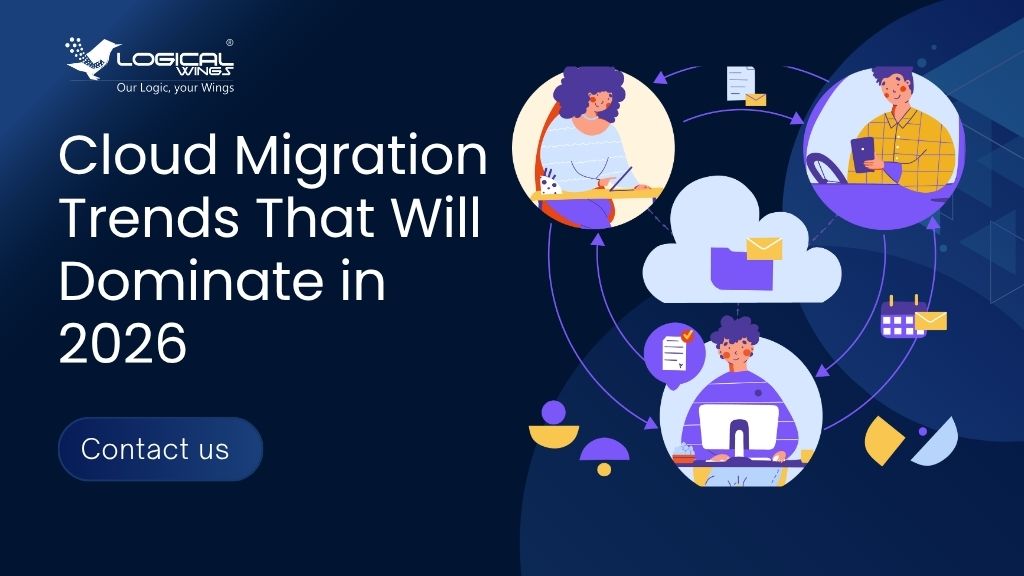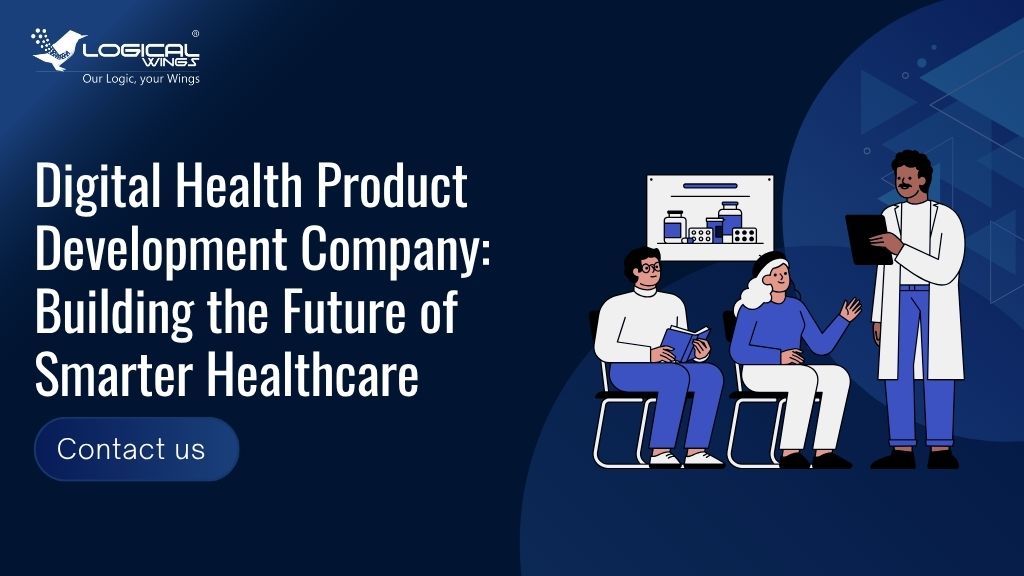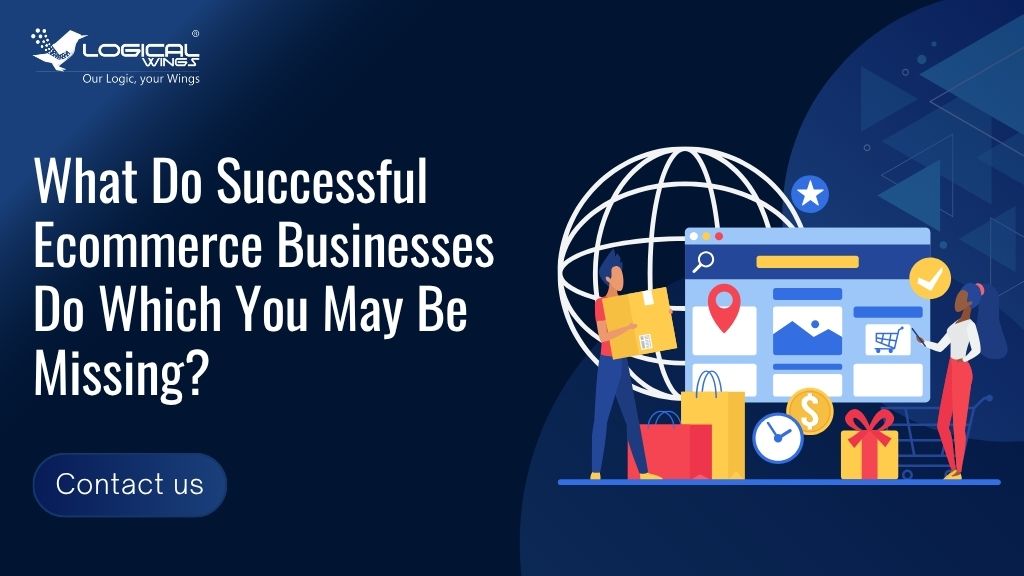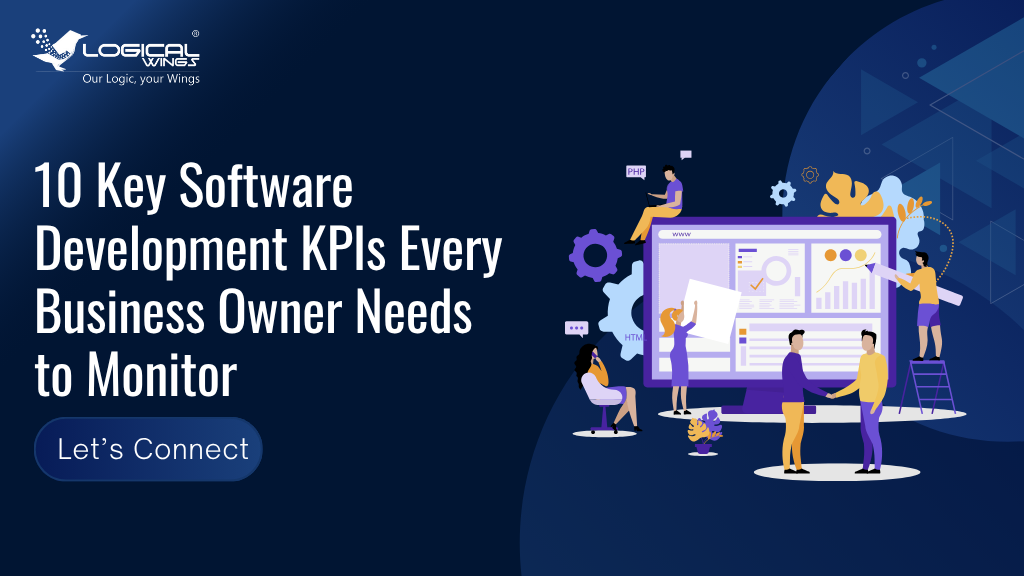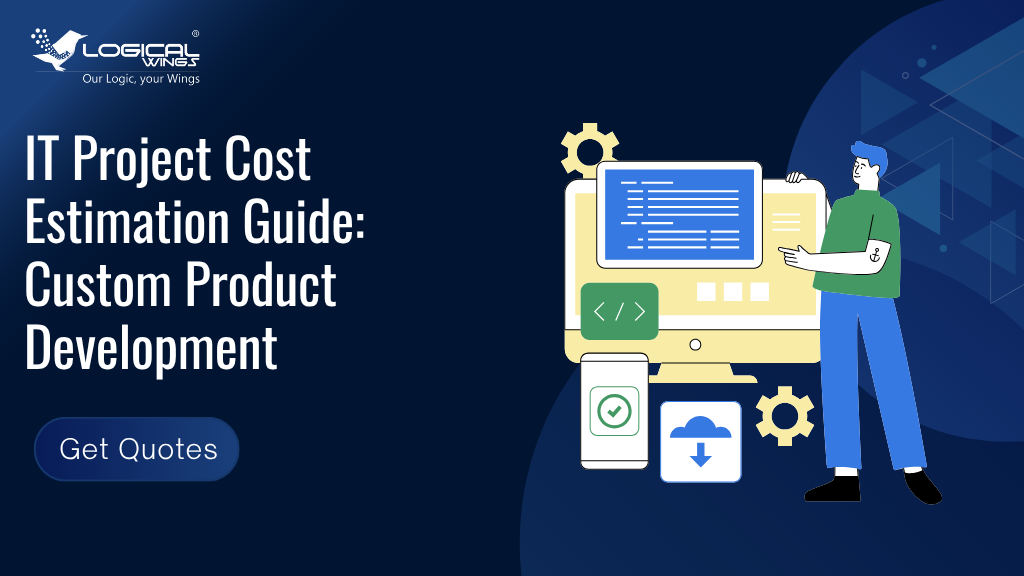Why You Need to Use a Family Locator App for Safety
In a world where everyone is constantly on the move, staying connected with your loved ones has become more important than ever. From children traveling to school, parents commuting to work, and elderly family members navigating the city, knowing where they are at any moment offers a sense of calm and security. Technology has evolved to meet this growing need, and today, digital safety tools have become essential for every household. One of the most effective solutions is a family locator app, designed to help you monitor your family’s whereabouts in real time. Families often face situations where quick information can prevent stress, confusion, or even danger. Whether it’s checking if your teenage child reached their coaching class safely, ensuring an elderly parent didn’t wander off to an unfamiliar place, or simply knowing when your partner is on the way home, location-sharing tools have turned into reliable safety companions. Yet, many people are unsure which solution works best, how secure these apps are, and whether they are easy enough for parents or even seniors to use. Families searching for the best family tracking app free often prioritize platforms that offer essential features without paid upgrades. Free versions can help you understand how the tool performs before choosing additional functionalities. Looking for an App to Keep Track of Family Members? Families today are juggling multiple responsibilities. Parents commute long distances, children attend classes and activities, and grandparents often travel independently. In such routines, a little visibility goes a long way. This is why more families are looking for a family tracking app that simplifies safety checks without requiring constant phone calls or messages. A tracking tool helps you: Know when someone reaches a location safely Avoid unnecessary worry while your children or parents travel Stay informed during emergencies Organize daily routines more efficiently For households with school-going kids, working parents, or senior members, this simple digital layer of safety makes everyday life more predictable, organized, and stress-free. Family Tracking App + Privacy? Understanding the Balance One of the biggest questions people ask is: “Is my data safe?” This is a valid concern—location information is sensitive and must be protected. A trusted tracking solution must: Encrypt data to ensure no one outside your family circle can view locations Give users full control over when they want to share or stop sharing Prevent unauthorized access Follow strict security guidelines that protect personal information Apps designed with privacy in mind never store or distribute personal location history without consent. Good solutions allow individual members to manage their visibility settings, ensuring transparency and trust within the family. By choosing a reputable provider, families get the advantages of digital safety without sacrificing privacy. Which Android App Can I Use to Keep REAL-TIME Track of My Family? Wings Track Android app helps users to get accurate, immediate updates, not delayed or approximate locations. Real-time tracking matters when: Kids are walking home alone Parents are traveling at night You’re waiting for a family member to arrive at a destination There’s a safety concern and quick action is needed A reliable tool offers: Live location refreshed every few seconds Smooth performance even in crowded or low-network areas Alerts when someone arrives or leaves a defined place Easy monitoring without heavy battery usage If you’re looking for fast, dependable updates instead of slow or outdated location pings, choose an app built specifically for real-time monitoring, not general map sharing. What’s Your Go-To App for Staying Connected with Family? Every family has different needs. Some prioritize safety while traveling, others want assistance for elderly relatives, and some parents simply like knowing their children are safe throughout the day. A good solution adapts to these daily routines and offers features that truly matter: Live tracking to know where everyone is Check-in and arrival alerts for peace of mind Location sharing controls to maintain trust and transparency Emergency notifications for immediate assistance Easy-to-use interface for all age groups Choosing a tool that supports your family’s lifestyle ensures that everyone stays connected without feeling monitored or restricted. Is There Any App Where You Can Share Location History? Yes, some platforms allow users to view past travel data. Location history can be extremely helpful in practical scenarios, such as: Checking your child’s school route Reviewing an elderly parent’s movement if they get confused or lost Tracking daily travel patterns for safety Understanding where a family member spent their time in case of emergencies A responsible app stores history securely and only makes it accessible to authorized users. With transparent settings, families can decide how much history is visible and for how long. Looking for an App Your Mom Can Use? Many people need a simple and clear tool for their parents. An app that’s useful for younger people may not always be suitable for seniors. When choosing a location-sharing platform for older family members, look for: Large buttons and clean design Easy onboarding and sign-in Quick access to SOS or emergency alerts Voice or prompt-based instructions Minimal steps to share or view location The goal is not complexity, it’s comfort. Seniors should feel confident using the app every day, even without deep technical knowledge. What Is the Best App for a Family Locator? The ideal solution is one that combines accuracy, ease of use, and strong privacy. When evaluating options, focus on: Real-time tracking capabilities Battery efficiency Strong data security Intuitive design Customizable location-sharing settings Reliable alerts and emergency tools Smooth performance on both Android and iOS How to Track a Family Member’s Location? Using a tracking tool is simple and secure. Here’s the typical process: Download the app from the Play Store or App Store. Create a private family group where only invited members can join. Invite your loved ones using their phone number or email. Enable location access for accurate updates. View live location on the map whenever needed. Set geofences around important places like home, school, or office. Use the SOS feature for urgent situations. Manage privacy settings to control
Why You Need to Use a Family Locator App for Safety Read More »
family locator app
